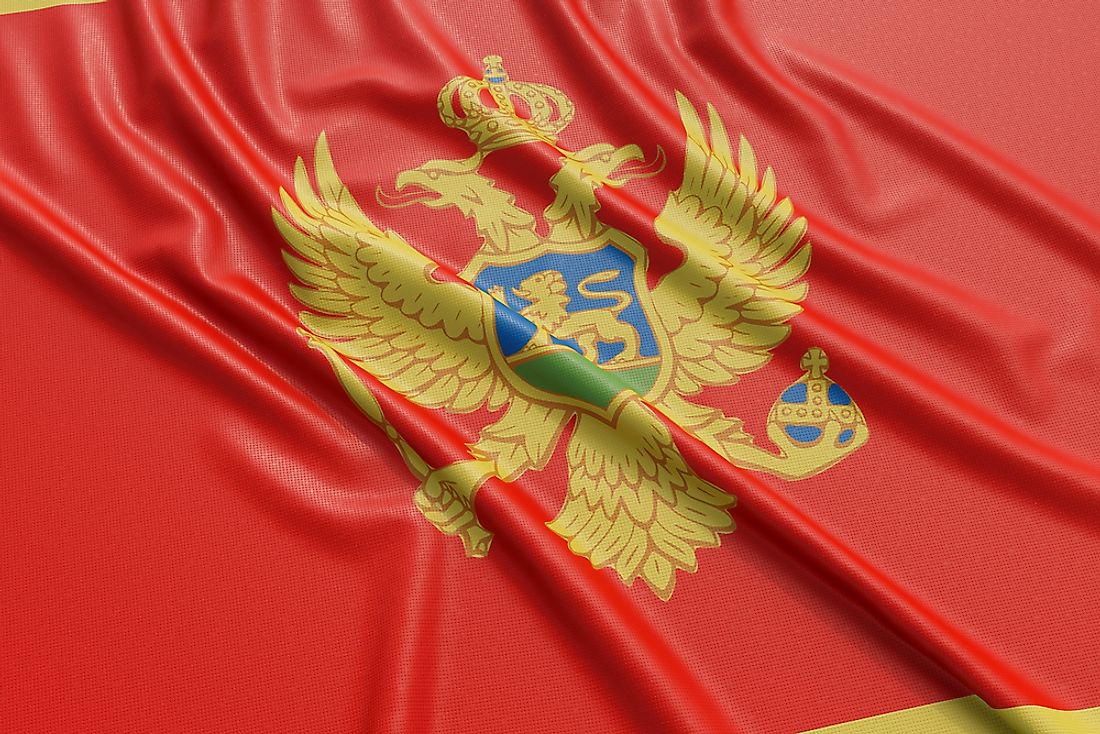What Type Of Government Does Montenegro Have?

Montenegro is a sovereign republic in South-eastern Europe. It is part of the Balkan Peninsula. The region was under Roman rule from as early as 228BC. Later in the 15th century, the Ottomans took over control of the region. At the time, Montenegro territory was divided into clans each headed by a Chief. After the Balkan wars between 1912 and 1913, Ottomans lost control of the Balkan region, and the Kingdom of Montenegro was established. It joined with Serbia to form a common border. After the Second World War, Montenegro became part of the Socialist Federal Republic of Yugoslavia which was comprised of six socialist republics. Later in 1992, the Socialist Federal Republic of Yugoslavia was dissolved. Montenegro joined with Serbia to form the Federal Republic of Yugoslavia; a union that did not last. Montenegro gained full independence from Serbia in 2006 after a referendum. The country formed a parliamentary system of government. Montenegro has the three branches of government; the executive, the legislative, and the judiciary. The President is the Chief of state while the Prime Minister is the Head of Government.
The Executive Branch Of The Government Of Montenegro
The Executive arm of Government is led by the Prime Minister who is the head of government. The Prime Minister is nominated into office by the President of Montenegro and approved by parliament. The President who is the Chief of State is elected to office by a popular vote every five years and is eligible for a maximum of two years. The President also nominates the President and justices of the Constitutional Court. Other duties of the President are to represent the country abroad, to call for parliamentary elections as well as call for a referendum. The Executive arm of government is also composed of the Deputy Prime Minister and the Ministers who form the Cabinet.
The Legislative Branch Of The Government Of Montenegro
Montenegro has a unicameral assembly which means it has only one legislative chamber. The legislature has 81 seats in which members are elected by the public in a nationwide election. The members of parliament are elected for a four-year term. Some the duties of the legislature are; to pass laws, to adopt the budget, ratify treaties and to approve Presidential nominees for the position of Prime Minister and the Court Justices.
The Judicial Branch Of The Government Of Montenegro
The Judicial arm of government is comprised of the Supreme Court, the Constitutional Court, and other subordinate courts such as the Administrative Courts, Commercial Courts, Appellate Courts, and the High Courts. The Supreme Court is headed by the Court President, who is nominated by a general session and elected into office by the Judicial Council for a single five- year term. Other members of the Supreme Court include the Court deputy president, and 15 judges who are elected by the judicial council for life. The Constitutional Court has seven judges; 2 are nominated by the President of Montenegro and five by the Parliament of Montenegro.
Administrative Divisions Of Montenegro
Montenegro is comprised of 23 administrative units known as municipalities. The municipalities are spread out across the country’s three regions –the coastal region, the central region, and the northern region. The capital city Podgorica, which is located in the central region of the country, is further sub-divided into two urban municipalities – Golubovci and Tuzi.











